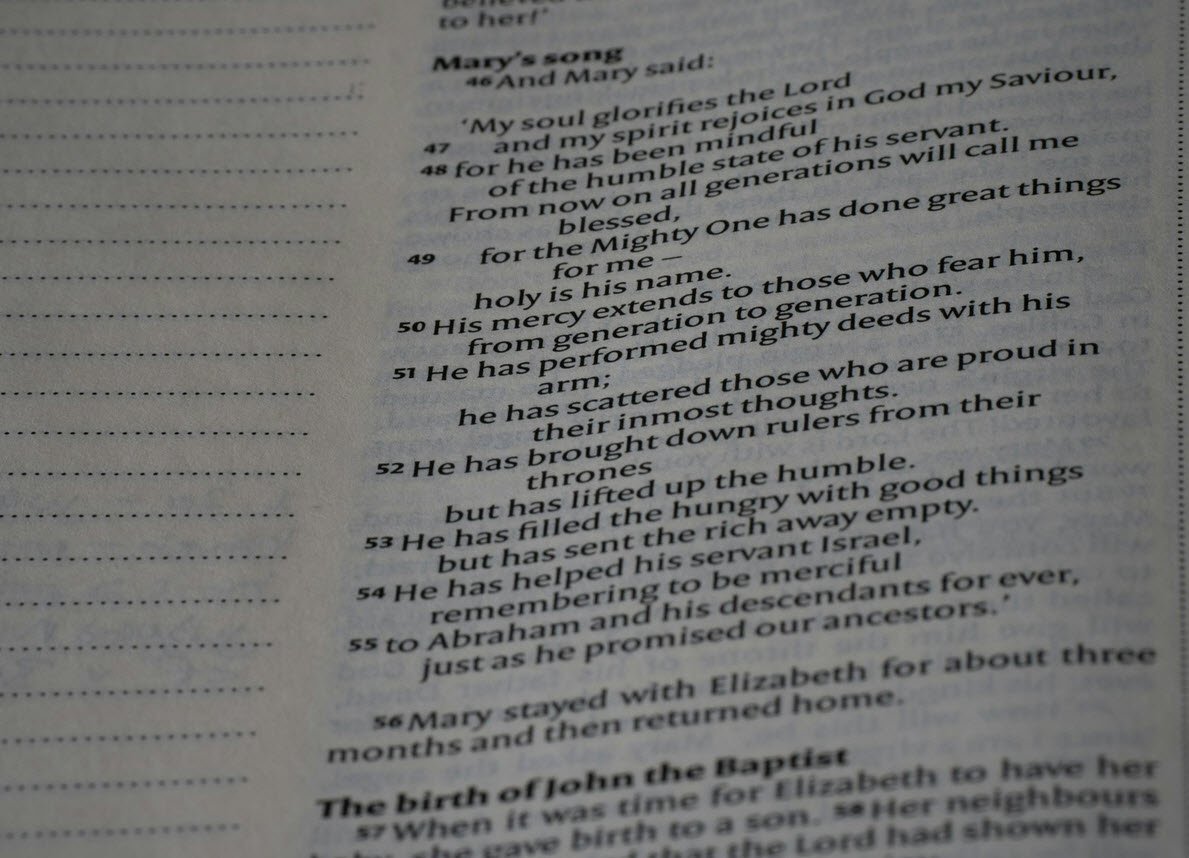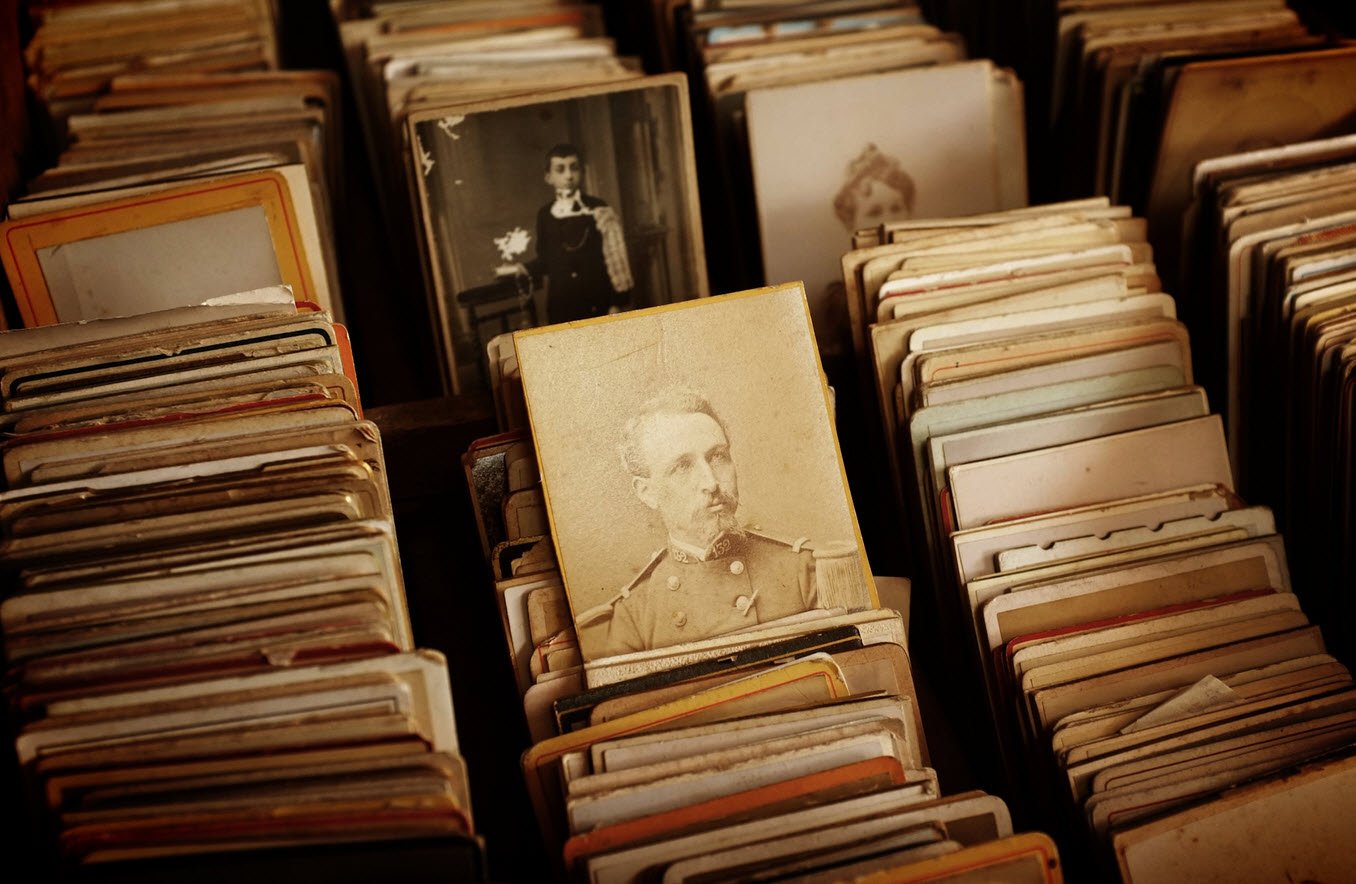
The English language is rich with vocabulary that allows us to describe groups of people, animals, objects, or concepts in a precise and imaginative manner. These collective nouns not only serve as a linguistic tool to efficiently convey information but also provide a glimpse into the nuances of the collective experience.
Here, we explore into a selection of words denoting groups, highlighting their usage and context.
1. An Army of Soldiers
An ‘army’ signifies a large organized group of soldiers, unified in purpose and discipline, often under a central command. The term paints a picture of coordinated strength and strategic prowess.
2. An Alliance of States, Powers, etc.
An ‘alliance’ represents a coalition or partnership formed between states, entities, or powers for mutual benefit, security, or a common objective. It implies cooperation and collaboration.
3. An Assembly of Representatives
An ‘assembly’ refers to a gathering of representatives or individuals convened to discuss and make decisions on matters of importance. It embodies the concept of democratic deliberation.
4. An Attendance of Servants, Persons
‘Attendance’ signifies the act of being present, and when used in this context, it represents a group of individuals or servants who are present for a specific purpose or event.
5. An Audience of Listeners
An ‘audience’ conveys a group of individuals who are assembled to listen, watch, or experience a performance, presentation, or event. It reflects a receptive and engaged gathering.
6. A Band of Musicians, Followers
A ‘band’ denotes a group of musicians or followers who come together for a common musical or social objective. It evokes a sense of camaraderie and shared artistic passion.
7. A Batch of Pupils, Candidates
A ‘batch’ is a term used to describe a group of individuals, especially pupils or candidates, who share common characteristics or are part of a particular academic or recruitment cohort.
8. A Battery of Guns
A ‘battery’ signifies a grouping of guns or artillery pieces. It denotes a collective display of firepower and military readiness.
9. A Bench of Judges or Magistrates
‘Bench’ represents a collective term for judges or magistrates who preside over a court. It symbolizes the authority and judicial responsibility held by this group.
10. A Block of Houses, Buildings
A ‘block’ refers to a cluster or group of houses or buildings located closely together. It illustrates urban planning and spatial arrangement.
11. A Body of Men, Soldiers, Police, Laws, etc.
A ‘body’ conveys a substantial group or entity, such as men, soldiers, police, or laws, often implying organization and unity of purpose.
12. A Brigade of Cavalry, Infantry or Artillery
A ‘brigade’ represents a military unit, often consisting of cavalry, infantry, or artillery. It embodies a formidable and organized fighting force.
13. A Bundle of Hay
A ‘bundle’ describes a compact grouping of hay or similar material. It characterizes an aggregation tied together for convenience of handling.
14. A Bouquet of Flowers
A ‘bouquet’ refers to a carefully arranged grouping of flowers. It embodies beauty, aesthetics, and often conveys emotions.
15. A Board of Directors or Trustees
A ‘board’ signifies a group of individuals responsible for making decisions and providing oversight within an organization. It symbolizes governance and leadership.
16. A Caravan of Merchants
A ‘caravan’ is a group of merchants or travelers journeying together for safety, trade, or exploration. It represents collective movement and trade activities.
17. A Code of Laws
A ‘code’ refers to a systematic grouping of laws or regulations that govern a particular jurisdiction. It signifies a structured and organized legal framework.
18. A Congress of Representatives
A ‘congress’ represents a formal gathering of representatives or delegates, often from different regions or entities, for discussions and decision-making.
19. A Century of Runs (in Cricket)
A ‘century’ signifies a milestone in cricket, denoting a batsman scoring 100 runs. It symbolizes achievement and excellence in the sport.
20. A Cloud of Locusts
A ‘cloud’ refers to a large swarm or group of locusts. It illustrates the dense and overwhelming nature of the infestation.
21. A Cluster of Islands
A ‘cluster’ describes a group of islands located in close proximity to each other. It visualizes a geographical grouping.
22. A Constellation of Stars
A ‘constellation’ represents a group of stars forming a recognizable pattern in the night sky. It reflects celestial organization and beauty.
23. A Course of Lectures
A ‘course’ denotes a series or group of lectures designed to provide structured knowledge or education on a specific subject.
24. A Consignment of Goods
A ‘consignment’ signifies a batch or group of goods, often sent or received for trade, distribution, or delivery.
25. A Catalogue of Books (i.e., their names)
A ‘catalogue’ is a list or grouping of book titles, often organized for reference or informational purposes.
26. A Circle of Friends, Acquaintances
A ‘circle’ denotes a group of friends or acquaintances, emphasizing closeness and interconnected relationships.
27. A Clan of People
A ‘clan’ represents a close-knit group of people, often sharing common ancestry, traditions, or values.
28. A Clique of Persons (belonging to a body)
A ‘clique’ is a small, exclusive group of individuals within a larger organization or body, often sharing similar interests or goals.
29. A Commonwealth of Bees
A ‘commonwealth’ represents a grouping of bees, indicating a shared habitat and collective behavior within a hive.
30. A Concourse of People
A ‘concourse’ signifies a large gathering or crowd of people, often in a public space or event.
31. A Confederacy of Persons, States, Nations
A ‘confederacy’ denotes a union or alliance of persons, states, or nations, working together for common goals and interests.
32. A Confederation of Persons, Powers, States
A ‘confederation’ signifies a more formal and organized alliance of persons, powers, or states, often with shared governance or purpose.
33. A Conference of Preachers, Delegates
A ‘conference’ represents a gathering of preachers, delegates, or professionals for discussions, collaboration, or presentations.
34. A Congregation of Worshippers
A ‘congregation’ signifies a group of worshippers or individuals assembled for religious or spiritual purposes.
35. A Convoy of Ships
A ‘convoy’ denotes a group of ships traveling together, often for protection or logistical purposes.
36. A Corporation of People
A ‘corporation’ represents a formal grouping of people within a business entity, often involving employees, shareholders, or stakeholders.
37. A Corps of Soldiers, Volunteers, Police
A ‘corps’ refers to a designated group within the military, volunteers, or police force, often specialized in a specific role or function.
38. A Curriculum of Studies
A ‘curriculum’ signifies a structured grouping of academic studies, courses, or subjects forming an educational program.
39. A Crew of Sailors
A ‘crew’ represents a group of sailors working together on a ship. It embodies teamwork and coordination.
40. A Herd of Cattle
A ‘herd’ signifies a grouping of cattle or similar animals, often managed or tended by a herder.
41. An Escort of Soldiers
An ‘escort’ represents a protective or accompanying group, often of soldiers, providing security or guidance.
42. A Fraction of People (Engaged in Politics)
A ‘fraction’ denotes a subset or part of people engaged in a specific field, such as politics. It highlights a distinct portion within a larger group.
43. A Family of Plants, Languages
A ‘family’ signifies a grouping of plants or languages with shared characteristics, evolution, or origin.
44. A Federation of States
A ‘federation’ represents a centralized grouping of states, often forming a political union with shared governance and interests.
In conclusion, these words denoting groups offer a fascinating glimpse into the diversity of human language and the nuanced ways we describe collective experiences, whether they involve people, objects, or abstract concepts. Each term carries its unique connotations and implications, contributing to the richness and depth of communication in English.








